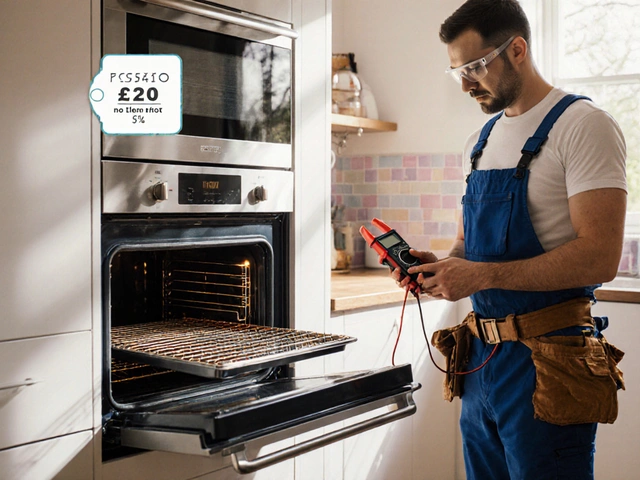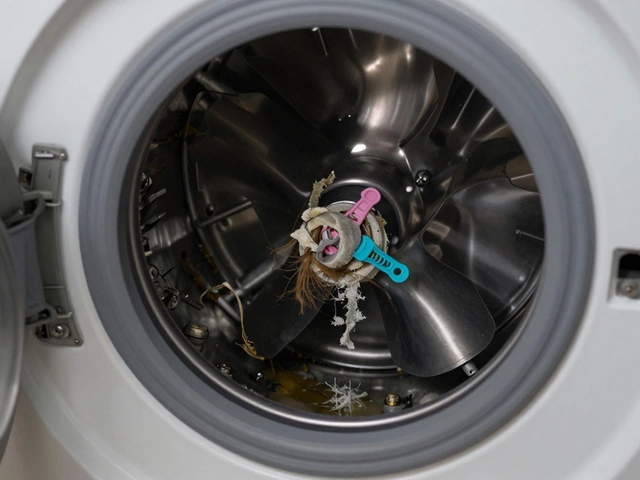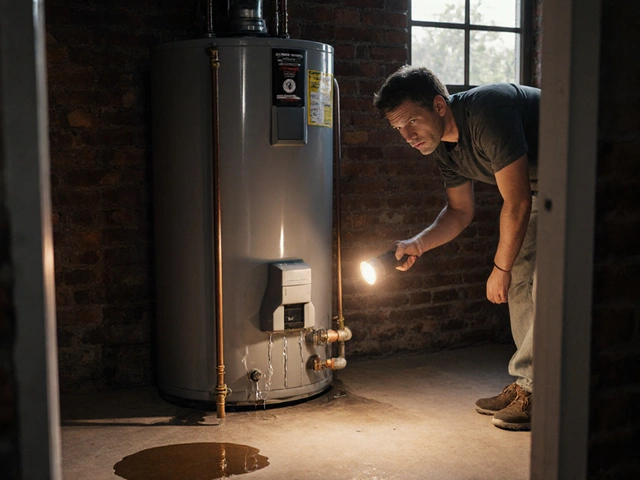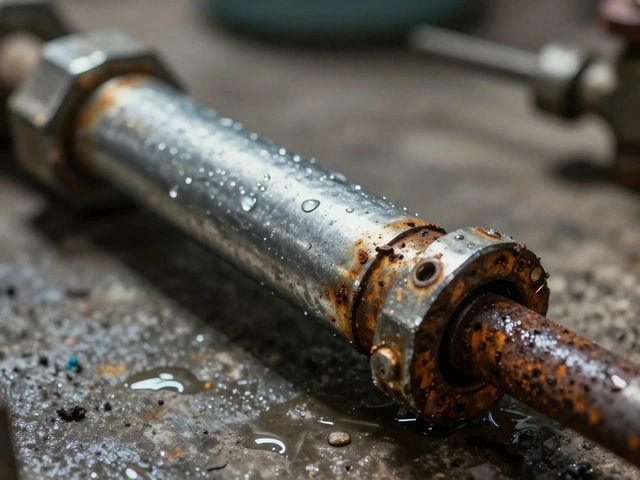Can You Access Geek Squad Services for Free? All You Need to Know About Laptop Repair Assistance
December 14 2024Water Heater Troubleshooting: What to Check When Hot Water Stops
If your shower feels like an ice bucket or you hear a rumble from the tank, you’re probably wondering what went wrong. The good news is most issues have a simple cause and can be fixed without calling a plumber right away. Below are the most common symptoms and step‑by‑step checks you can do yourself.
Common Signs Your Water Heater Needs Attention
Cold water at the tap. This is the most obvious sign. It could mean the heating element (electric) or the burner (gas) isn’t working, or the unit simply ran out of fuel.
Strange noises. Banging, popping or sizzling usually means sediment build‑up at the bottom of the tank. When water heats, the sediment traps heat and expands, creating the noise.
Leaks. A puddle around the base points to a cracked tank or a loose pipe connection. Small drips from the pressure‑relief valve often mean the tank is over‑pressurised.
Rusty or discoloured water. This can happen when the anode rod is eaten away or the tank is corroding from the inside.
Odd smells. A rotten‑egg smell signals a problem with the gas supply or a failing burner.
Step‑by‑Step Troubleshooting Guide
1. Turn off the power or gas. Safety first – switch off the breaker for electric heaters or the gas valve for gas models. This prevents shocks or gas leaks while you inspect.
2. Check the thermostat setting. Many people set it too low. Aim for 120‑130°F (49‑54°C). Adjusting it can restore hot water without any repair.
3. Inspect the pilot light (gas units). If the pilot is out, follow the manufacturer’s lighting instructions. A dirty pilot or clogged burner may need cleaning.
4. Test the heating element (electric units). Use a multimeter set to ohms. Each element should read between 10‑30 Ω. A reading of 0 Ω or infinity means the element is bad and must be replaced.
5. Flush the tank. Sediment can be cleared by attaching a garden hose to the drain valve, opening a hot tap nearby, and letting the water run until it’s clear. Do this once a year to keep noise down and improve efficiency.
6. Examine the pressure‑relief valve. Lift the lever briefly; water should flow out. If it’s stuck or leaks continuously, replace the valve.
7. Look at the anode rod. Unscrew the rod (usually on top of the tank) and check its condition. If it’s more than 50 % corroded, swap it out to extend tank life.
8. Check for leaks. Tighten any loose fittings. If the tank itself is cracked, the unit must be replaced.
9. Restore power or gas and test. Turn the breaker or gas back on, wait a few minutes, and test hot water at a faucet. If the problem persists, it’s time to call a professional.
These steps cover the majority of everyday water heater hiccups. Remember, if you ever smell gas, hear a hiss, or feel unsure about working with electricity, stop and call an expert right away.
Keeping your water heater happy is mostly about regular maintenance – a quick flush, checking the anode rod, and watching the thermostat setting. Do those things once a year and you’ll avoid most surprise breakdowns.
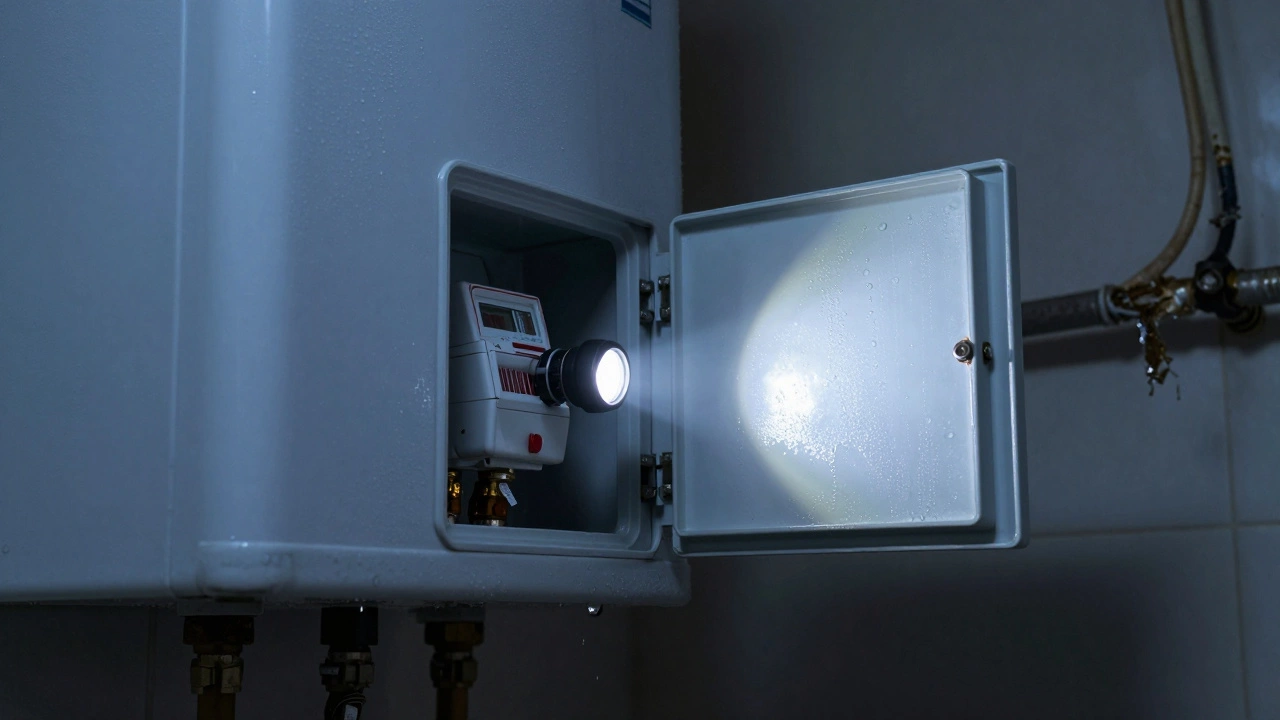 1 Dec
1 Dec
Is It Safe to Reset a Water Heater? What You Need to Know Before Trying
Resetting a water heater can be safe-but only if you know why it tripped. Learn when it’s okay to press the button, when it’s dangerous, and what to do instead to avoid costly damage or injury.
Read More...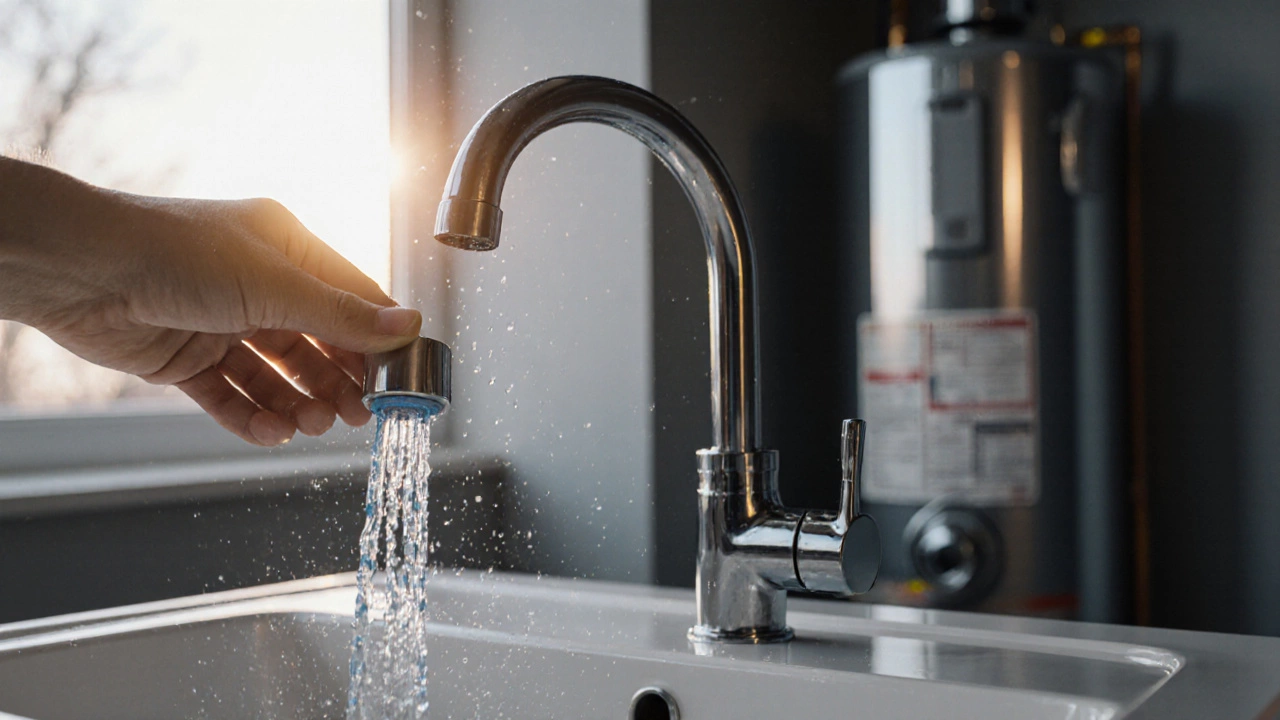 19 Oct
19 Oct
Hot Water Heater Stops Working? Common Reasons & Fixes
Discover why a hot water heater suddenly stops working, learn quick diagnostic steps, and find out when DIY fixes are enough or a pro is needed.
Read More... 17 May
17 May
Bad Hot Water Heater Element: How to Spot It Fast
Is your shower turning cold halfway through or does your water heater sound like it’s throwing a fit? Chances are, your hot water heater element might be bad. This article covers the typical signs that hint at an element gone rogue, what you can check yourself, and how to avoid unnecessary headaches. Get tips on quick home tests and when to call in a pro. Nobody likes surprise cold showers, so here’s how to keep yours steaming.
Read More... 1 May
1 May
Water Heater Reset: How to Tell If Yours Needs It
Waking up to a cold shower is a rude surprise and might mean your water heater needs a reset. Knowing the signs can help you fix the problem fast and avoid calling a repair tech. This article shows you what to check, why a heater might trip, and how to reset it safely. We’ll cover common symptoms, practical steps, and some pro tips for keeping your heater running smoothly. You might save yourself some money and hassle.
Read More...
